- February 8, 2024
Winter Dog Walks: 10 Tips for Healthy Dogs
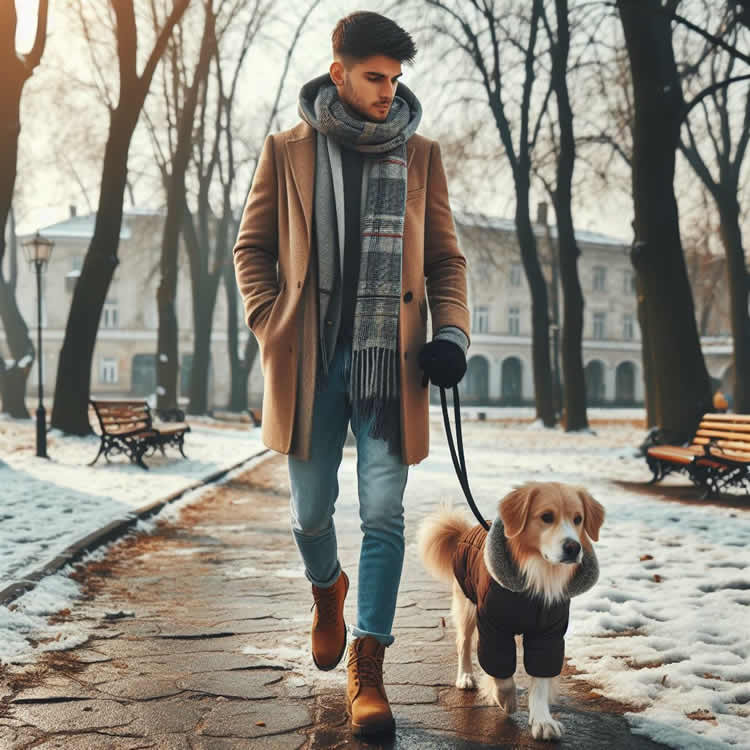
Winter brings a unique charm to dog walks, with glistening snow and crisp air setting the scene for delightful adventures. However, ensuring your furry friend stays safe and comfortable during these chilly escapades is crucial. In this guide, we’ll explore tips and tricks for weathering winter dog walks, making each outing enjoyable for both you and your canine companion.
1. Keep Your Dog on a Leash
The winter wonderland can be disorienting for dogs, as ice and snow may mask familiar scents. To prevent them from losing their way, it’s essential to keep your dog on a leash. Additionally, ensure your pup is microchipped and dons an up-to-date ID tag, providing added security in case of unforeseen circumstances.
2. Bundle Up
Just like you, your dog needs protection from the cold. If the air is chilly but dry, consider dressing your pup in a cozy sweater. For snowy walks, opt for a water-resistant coat to keep them warm and dry. Don’t forget to check if your furry friend is comfortable – if you’re feeling the chill, they probably are too!
3. Paw Protection
Winter walks often involve encounters with deicing agents, which can be harsh on your dog’s sensitive paws. Invest in waterproof boots that fit well, offering both warmth and protection. If your dog refuses to wear boots, a layer of paw wax can create a barrier against irritants, ensuring a comfortable and safe journey. So paw protection can make winter dog walks healthy and memorable.
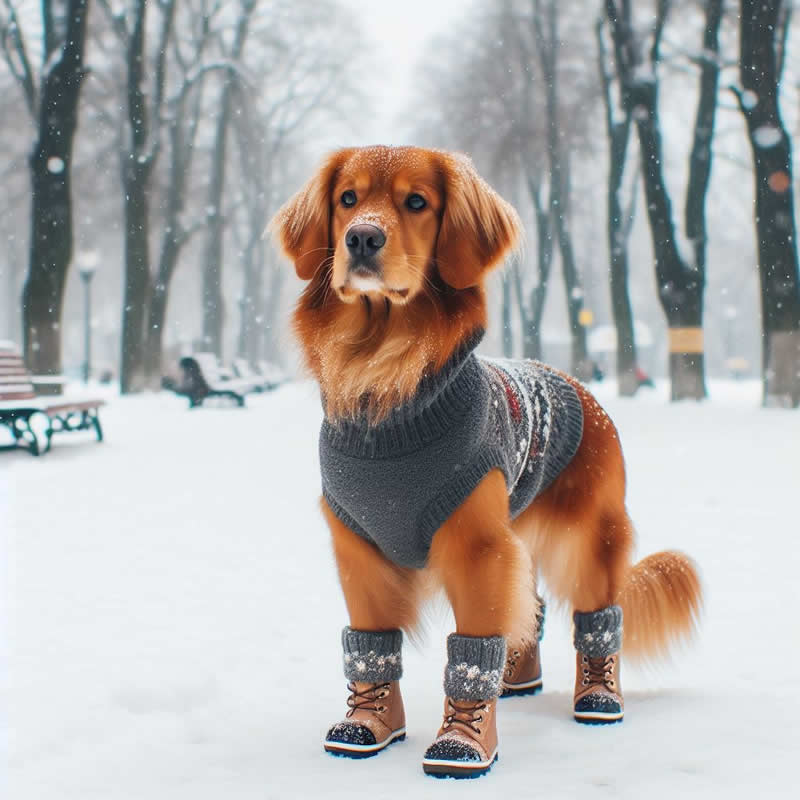
4. Know Your Dog’s Limit
In the realm of winter dog walks, where the brisk air adds a refreshing nip, it’s essential to recognize that dogs, much like humans, exhibit varying tolerance levels to cold weather. Keep a vigilant eye on signs indicating that your furry friend might be feeling too cold—such as slowing down, shivering, or holding up their paws. Should you observe any of these signals during your winter dog walks, it’s advisable to promptly curtail the stroll and seek the cozy shelter indoors. Prioritizing your dog’s comfort and well-being ensures a safer and more enjoyable experience during those chilly winter walks.
5. Keep Your Hound Hydrated
While it may seem counterintuitive, staying hydrated is just as important in winter as it is in summer. Bring water and a portable bowl during your walks, as relying on eating snow is not a safe option. Snow may be contaminated with antifreeze or deicers, posing potential harm to your furry friend.
6. Post-Walk Care
Deicers used on sidewalks and roads can be irritating to your dog’s paws and, if ingested, can be toxic. After returning home, take a moment to clean your dog’s paws, belly, legs, and any other areas that may have come in contact with potentially harmful substances. This post-walk care routine ensures your pup stays healthy and happy throughout the winter season.
7. Winter Dog Walks need some planning!
Before hitting the pavement, check the forecast and wind chill – it might be chillier than you think. Opt for a busier route with shorter options back, especially if the weather is iffy. Save the grand adventures for clear days.
Wondering about snow strolls?
Keep it under 30 minutes on super cold days. Some dogs, with a bit of extra fluff, might handle more. But hey, multiple short walks beat one long trek on freezing days.
Don’t forget doggy fashion
Another tip that can make winter dog walks healthy is having a couple of coats handy. Wet ones can make your pup colder, so switch them up during the day or give them a quick dryer sesh. For extra warmth, try the Hurtta Body Warmer – it layers under any coat.
Now, about visibility
Winter days are dark. Slap on reflective strips or gear, or hook your dog up with an LED collar. Collar lights like the Nite Ize SpotLit work too – attach them to the leash or collar for a glowing effect.
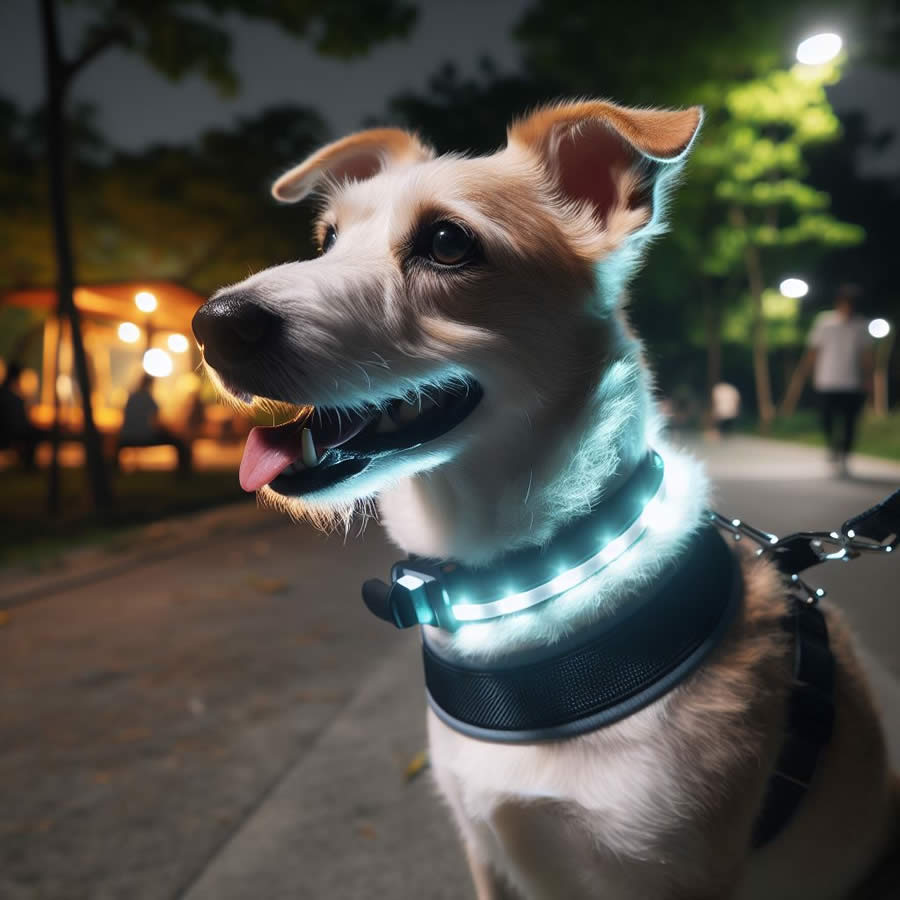
Here’s a heads-up: winter sidewalks can hide harmful stuff like ice melt and antifreeze. Make sure your pup isn’t munching on anything suspicious.
Adjust your dog’s grub if needed – more outdoor time means more energy, but if they’re mostly indoors, trim those portions a bit. Stay warm, stay safe, and enjoy those winter walks with your four-legged buddy!
When it gets chilly, it’s crucial to take some extra steps to keep our furry pals comfy. Look out for signs like them holding up their paws, walking all hunched, or shivering – if you spot any of these, they need a cozy spot away from the cold. Some dogs, especially those with short hair or a slim build, might benefit from rocking winter gear when they step outside.
Short-haired pups and those on the slender side can feel the freeze more, given their lack of fluff or muscle. Winter weather can be tough on our pets, causing dry skin and cracked paw pads. Having a humidifier at home could be a game-changer. And if you’re feeling crafty, check out our DIY paw balm for some pet pampering.
Boots are a must-have, not just for the small, short-haired fellas. Even big, long-haired dogs can get pesky ice balls under their feet. Plus, don’t forget about the salt and ice-melting chemicals – your pup might accidentally chow down on them while licking their paws.
8. Choosing the right-sized boots is key
When preparing your dog for winter dog walks, ensure to optimize their comfort by measuring the widest part of their foot and selecting the appropriate boot size. Measure the widest part of your dog’s foot and match it with the boot size. And when you’re gearing them up, be cautious not to snag any fur or skin in the zipper. If boots are a novelty for your pup, turn it into a positive experience. Take it slow, introduce them to the boot’s scent, and reward them with treats.
9. Keep an eye on the weather conditions in your area
In just a matter of minutes, the cold weather can take a dangerous turn, so always be aware of any potential disasters in your vicinity. To enhance safety and enjoyment during winter dog walks, it’s crucial to make checking the weather a routine before embarking on any outdoor ventures. If a storm is brewing, opting for shorter walks can be the difference between a delightful adventure and a visit to the emergency room due to hypothermia. When in doubt, stay home, and save the walk for a safer day.
10. Avoid letting your dog eat snow
Speaking of cold weather hazards, antifreeze, de-icing chemicals, and road salts might be hidden under a fresh layer of snow. Even if you can’t see them, a small amount of these toxins is enough to poison your dog. Therefore, ensure your furry friend doesn’t eat snow, as it could potentially contain harmful substances. Consuming too much snow can also lower your dog’s body temperature, making them more susceptible to hypothermia.
Embark on winter dog walks confidently, armed with these tips to create memorable and safe adventures for both you and your canine companion. Winter dog walks are not just about exercise – they’re a chance to revel in the magical moments of the season with your four-legged friend. To hire a professional dog walker to provide your winter dog walks in New York, who will provide all the necessary dog care, don’t hesitate to contact us or schedule an appointment.
Stay warm, stay safe, and enjoy the winter wonderland together!
Tags
What do you think?
Related Articles
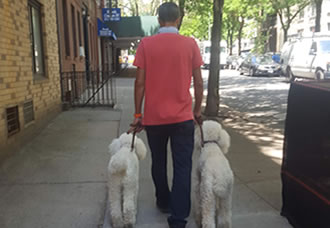
The Ultimate Guide to Finding the Best Dog Walker in New York City
Are you a busy New Yorker who loves your furry friend but struggles to find the time to give them the exercise they need? Look

Dog Boarding in NYC: Ensuring Your Pup’s Comfort, Safety, and Happiness
Dog Boarding in NYC: Ensuring Your Pup’s Comfort, Safety, and Happiness – A home environment: The Benefits of In-Home Boarding With Us
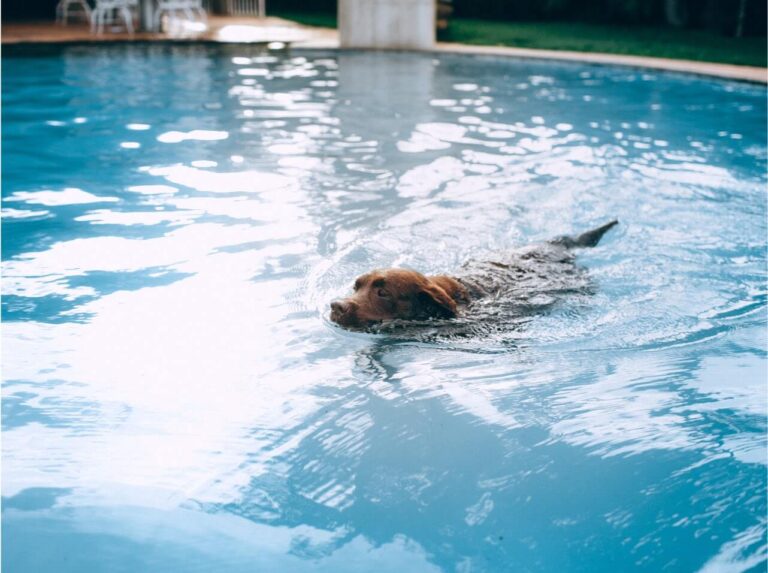
Is The Swimming Pool Safe For Your Pets?
The pool is a great place for your family and pets to spend their summers. It’s the perfect solution to cooling down, soaking up some sun, and having lots of fun. However, like with small children, your dog can potentially be at risk of getting hurt if not properly supervised. Not all dogs are great swimmers and not all pools are considered dog friendly.
